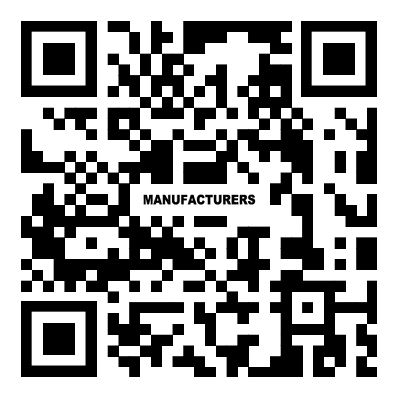What are the types of pipette tips?
2023-10-19
Pipette tips are crucial accessories used in laboratories for accurately transferring and measuring liquids with precision. They come in various types, each designed for specific purposes and applications. As of my last update in September 2021, here are some common types of pipette tips:
1. Standard Pipette Tips: These are the most commonly used tips and are suitable for general liquid handling tasks. They are available in various sizes and materials, including polypropylene, and are often used with both single-channel and multi-channel pipettes.
2. Filtered Pipette Tips: Filtered tips contain a built-in filter, typically made of hydrophobic material like porous polyethylene, which prevents aerosol contamination by trapping any potential liquid or particulate contaminants. They are used when working with sensitive samples or when handling liquids that can potentially carry contaminants.
3. Low-Retention Pipette Tips: These tips are designed to minimize liquid retention on the inner surfaces of the tip. This reduces the loss of valuable samples and ensures accurate liquid transfer. They are especially useful when working with viscous liquids or small-volume samples.
4. Extended Length Pipette Tips: Extended length tips have longer and narrower tips, which are useful for accessing samples in deep or narrow containers, such as tubes with small openings or deep well plates.
5. Gel-Loading Pipette Tips: These tips are designed for loading gels, such as agarose or polyacrylamide gels used in electrophoresis. They often have a fine point to allow precise loading into gel wells.
6. Reverse Pipette Tips: These tips have a reverse configuration, with a small opening at the wider end and a wider opening at the narrow end. They are used when working with viscous or volatile liquids, as they allow improved control and release of the liquid.
7. Pipette Tips for PCR: Specialized tips are designed for use in polymerase chain reaction (PCR) procedures. These tips are often free of contaminants that could interfere with PCR reactions, ensuring accurate and reliable results.
8. Conductive Pipette Tips**: These tips are used when working with volatile or static-sensitive substances. They help dissipate any static charges that might build up during the pipetting process, reducing the risk of sample loss due to electrostatic interactions.
9. Biological Barrier Pipette Tips: These tips are designed to prevent cross-contamination between samples, making them suitable for applications like DNA amplification, RNA work, or sensitive protein assays.
10. Robotic Pipette Tips: These tips are designed to be compatible with automated liquid handling systems and robotic platforms. They are often available in specialized formats and materials to ensure precise and reliable performance in automated workflows.
It's important to note that the field of laboratory equipment and accessories, including pipette tips, can evolve over time, and new types of tips may have emerged since my last update. Always refer to the latest information from manufacturers and suppliers for the most current options and developments in pipette tip technology.


